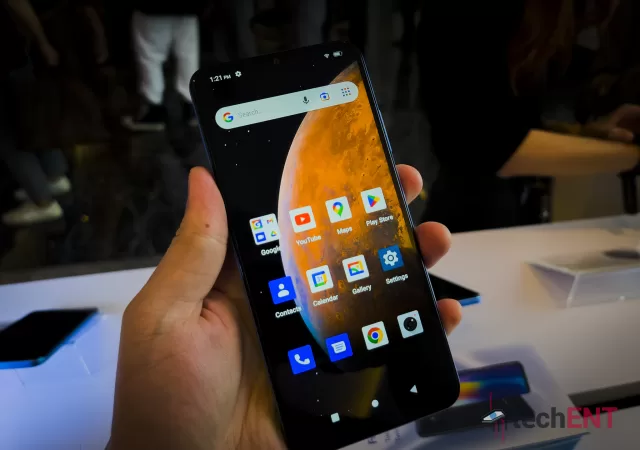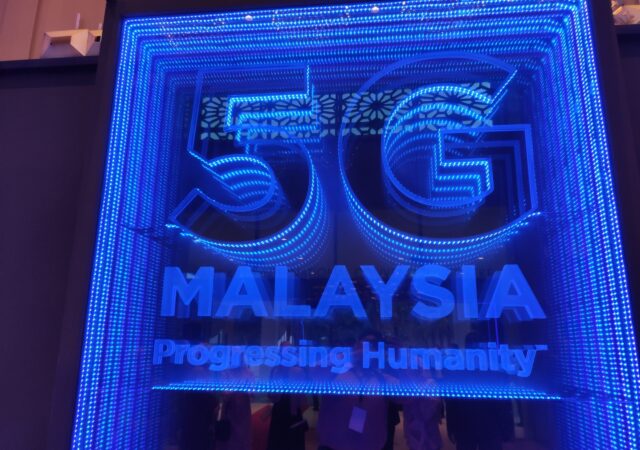YouTube is introducing a way to resolve Community Guideline violations in a bid to help Creators understand the violation and prevent content strikes.
You Can Soon Delete Your User Data from an App Thanks to Google
Google is introducing a new policy for developers on Google Play Store that allows users to delete their account data from the app.
Rolling Out Commercial 5G Isn’t Going to be Easy – 3 Things To Learn from South Korea
Malaysia is set to be one of the world’s pioneer markets when it comes to the rollout of 5G. As reported previously, Malaysia is on track to rollout commercial 5G by Q3 2020; that’s a mere 6 months away at…





